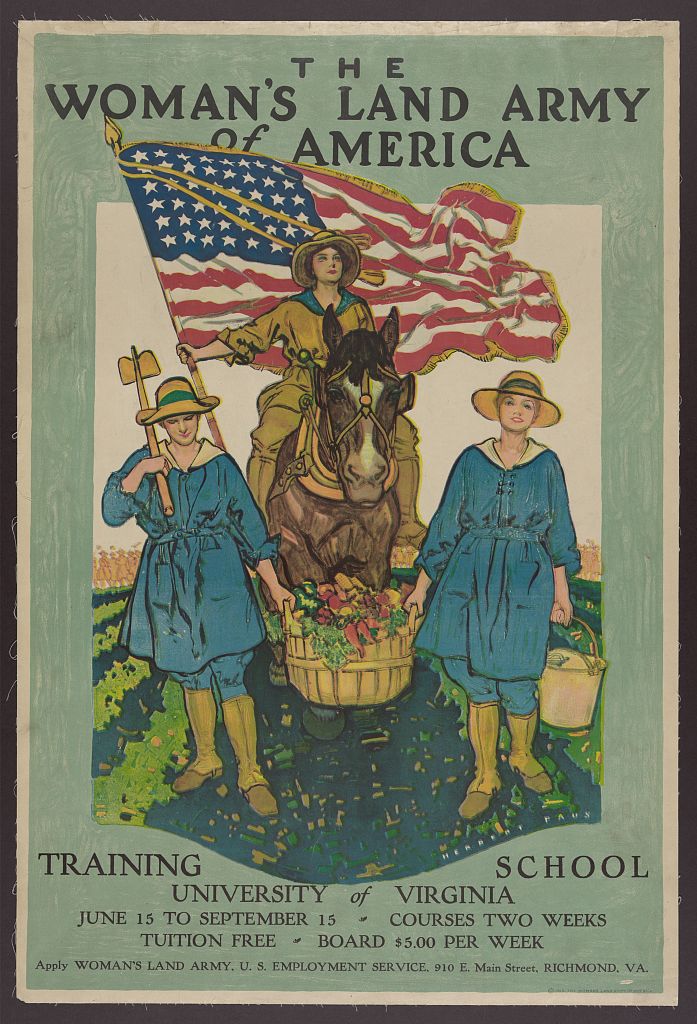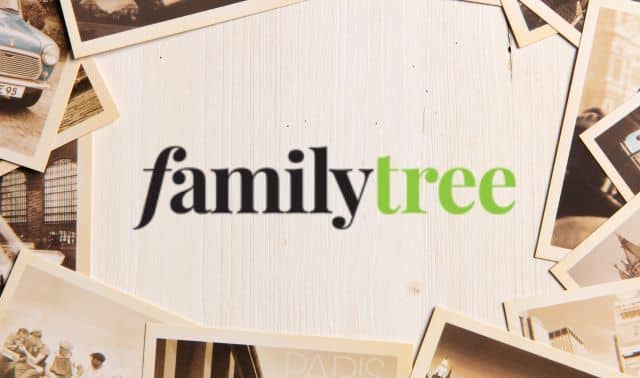Sign up for the Family Tree Newsletter Plus, you’ll receive our 10 Essential Genealogy Research Forms PDF as a special thank you!
Get Your Free Genealogy Forms
"*" indicates required fields
June 28 is recognized as the 100th anniversary of the assassination of Archduke Franz Ferdinand of Austria, which triggered beginning of World War I a month later. The United States didn’t formally enter the war until April 6, 1917.
When men enlisted in the service and left their jobs, women stepped in to take their places.
The Women’s Land Army formed in 1917 so that women could fill the agricultural jobs vacated by men. This poster was for a training school that prepared women for work as farmerettes. It shows women wearing shawl- collared dresses with pants underneath. On their legs and feet are leggings and footwear similar to what their menfolk wore in uniform.
Women participated in the war by serving in the Red Cross overseas, by filling clerical positions, working in the fields and acting as recruiters. In family photo collections are black paper photo albums that document these women’s lives.
I’ve seen images of women in the Red Cross but not these farmerettes. If you have one, I’d love to see it—click here to email me. I did a Google Image search and found great photos of women and girls being farmers including this one of Girl Scouts harvesting crops.
The Women’s Land Army lasted until 1921 and was re-established during World War II.
According to Wikipedia, women who participated lived primarily in the West and Northeast, and many were college educated, because their colleges and universities formed groups. Many of these women also supported the suffrage movement.
The fashion effects of World War I were felt in the United States long before the Americans went to Europe and changed the way men and women dressed.
- military-styled clothing became fashionable.
- large oversize coats like those worn by soldiers were commonly seen.
- sailor-style and shawl-collared dresses and shirts for women can date a photo to this time frame.
- By the end of the war, women began cutting their hair shorter causing angst among the male population.
This centennial of the start of World War I is a great time to research your WWI ancestors. See our WWI research guides for soldiers and women in the July/August 2014 Family Tree Magazine.
Solve your family photo mysteries with these books by Maureen A. Taylor:
ADVERTISEMENT





